Yaab
Posts: 4552
Joined: 11/8/2011
From: Poland
Status: offline

|
quote:
ORIGINAL: US87891
quote:
ORIGINAL: Yaab
I don't plan to edit. I have always shipped the initial ground units by attaching to them available naval, air or marines HQ. Today it dawned on me that US Army only has land HQ structures for Luzon and CONUSA, and has zero HQ structure between them until April 1942. Weird. Were the units subordinated to naval/air in RL or they were all independent?
Depended on the theater, but land and naval forces were never ever subordinated to air HQs, anywhere, any time, except for airfield construction assets or airbase AA defense/security units. Otherwise, units reported to ground or naval command, depending on the organizational structure of the different theaters.
The forerunner to SWPac was ABDA, which controlled all land, sea, air, assets in the area bounded by PI, Malaysia, and Australia. The tactical command structure was primarily the pre-existing Dutch one, overlayed with a mélange of international commanders. The PI was a different beast and conformed to MacArthur’s requirements, which were ad-hoc and changed from time-to-time as circumsyances dictated. MacArthur was evacuated; experienced staff elements were not.
In SWPac, in the beginning, MacArthur had no US Army subordinate command units. There were no higher echelon troops, no trained staffs, no facilities; nothing except a couple divisions worth of untrained, inexperienced, semi-equipped, indifferently officered, recruits. Commanding both US and Aus forces, MacArthur used what was available; Australian staffs and commands, under the rubric Allied Land Forces, under Blamey (New Guinea Force, 1 Corps, 2 Corps, etc.). After US troops were deemed fit for combat (after 6 to 9 months of intensive training), they were assigned to Australian commands for operations. MacArthur did not request a US Corps level HQ staff until Aug 1942. Eichelburger’s I Corps activated October 1942, under command of 1st Aus Army (Laverack). Even though active, I Corps was not initially operational. At Buna, Eichelberger only commanded the US units under the overall command of Aus Gen Herring (technically, Aus I Corps). Vasey commanded the Australian units, also under Herring. The first true US Army planning/operational control HQ, in SWPac, was Krueger’s Sixth US Army, activated February 1943.
There was neither need nor scope for operational US Army Corps and Army level HQs until Elkton/Cartwheel.
In CenPac and SoPac, everything was under overall Navy command, with a ComAirxxPac Admiral commanding USN, USMC, and USAAF units, eventually with a USAAF General as deputy.
All ground forces were also under overall Navy command, with planning and operational control initially in the Navy’s hands, but handed off to the USMC unit commander once established. There was neither scope nor need for Corps and Army level HQs (either USMC or USA) until the end of 1942, when XIV Corps (Patch) took over tactical command from ‘TF Vandegrift’ on Guadalcanal, December 1942.
In the beginning, and for at least twelve to eighteen months, all higher echelon ground force staffs were fully utilized for theater unit training and logistical establishment and build-up (whether USA or USMC). There were neither people nor institutional resources available for anything else. Division level was the highest functional tactical command echelon for a long time, excepting SWPac, which used Australian structure as the intermediate.
Thanks! I completely forgot about ABDA. I was checking US Army HQs only. Talk about the disruptiveness of hindsight on planning: I treated everything west of Port Moresby as a done deal (Japs will conquer DEI and Malaysia anyway) and was prepping myself for defensive actions ins SoPac. Also, thanks for clearing the issue between air and naval HQ attachments. Seems right now, the best would be to attach the land units to either Pacific Command or ABDA, depending on where the units will be used.
|
 Printable Version
Printable Version
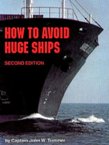







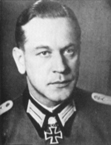




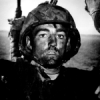




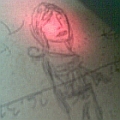





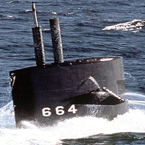


 New Messages
New Messages No New Messages
No New Messages Hot Topic w/ New Messages
Hot Topic w/ New Messages Hot Topic w/o New Messages
Hot Topic w/o New Messages Locked w/ New Messages
Locked w/ New Messages Locked w/o New Messages
Locked w/o New Messages Post New Thread
Post New Thread